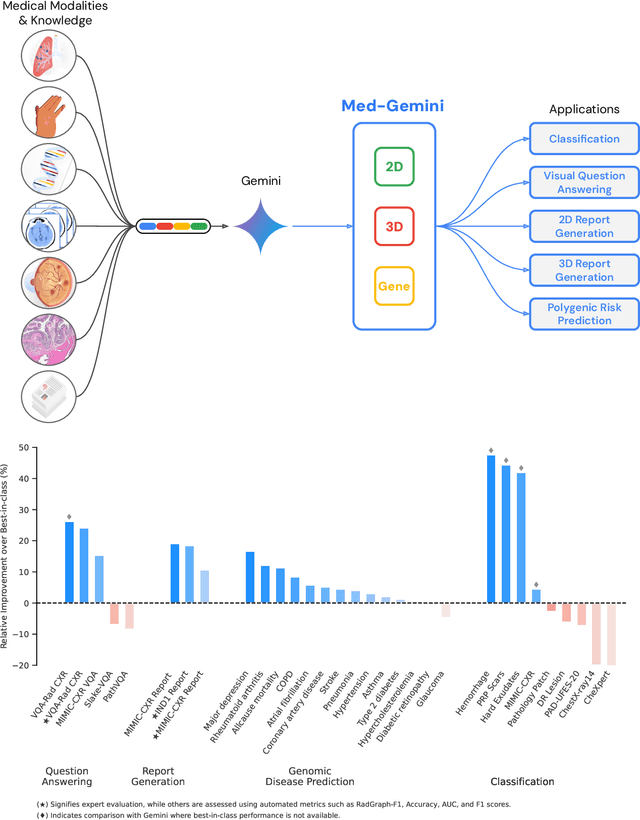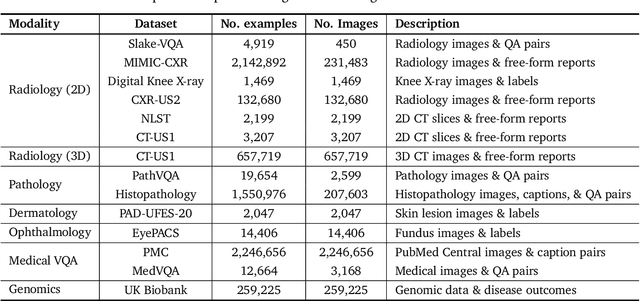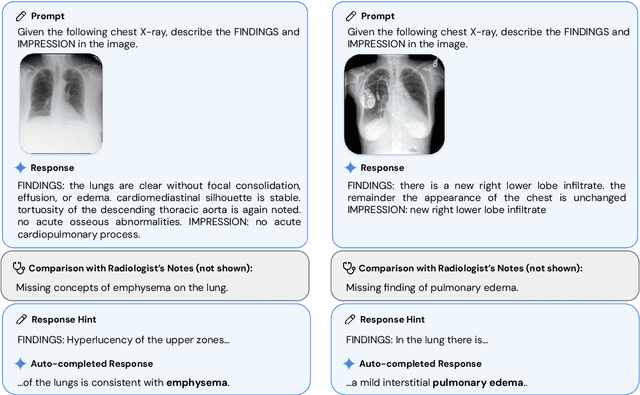Eric Wang
Multi-Agent Path Finding Among Dynamic Uncontrollable Agents with Statistical Safety Guarantees
Jul 29, 2025



Abstract:Existing multi-agent path finding (MAPF) solvers do not account for uncertain behavior of uncontrollable agents. We present a novel variant of Enhanced Conflict-Based Search (ECBS), for both one-shot and lifelong MAPF in dynamic environments with uncontrollable agents. Our method consists of (1) training a learned predictor for the movement of uncontrollable agents, (2) quantifying the prediction error using conformal prediction (CP), a tool for statistical uncertainty quantification, and (3) integrating these uncertainty intervals into our modified ECBS solver. Our method can account for uncertain agent behavior, comes with statistical guarantees on collision-free paths for one-shot missions, and scales to lifelong missions with a receding horizon sequence of one-shot instances. We run our algorithm, CP-Solver, across warehouse and game maps, with competitive throughput and reduced collisions.
CAST: Time-Varying Treatment Effects with Application to Chemotherapy and Radiotherapy on Head and Neck Squamous Cell Carcinoma
May 09, 2025Abstract:Causal machine learning (CML) enables individualized estimation of treatment effects, offering critical advantages over traditional correlation-based methods. However, existing approaches for medical survival data with censoring such as causal survival forests estimate effects at fixed time points, limiting their ability to capture dynamic changes over time. We introduce Causal Analysis for Survival Trajectories (CAST), a novel framework that models treatment effects as continuous functions of time following treatment. By combining parametric and non-parametric methods, CAST overcomes the limitations of discrete time-point analysis to estimate continuous effect trajectories. Using the RADCURE dataset [1] of 2,651 patients with head and neck squamous cell carcinoma (HNSCC) as a clinically relevant example, CAST models how chemotherapy and radiotherapy effects evolve over time at the population and individual levels. By capturing the temporal dynamics of treatment response, CAST reveals how treatment effects rise, peak, and decline over the follow-up period, helping clinicians determine when and for whom treatment benefits are maximized. This framework advances the application of CML to personalized care in HNSCC and other life-threatening medical conditions. Source code/data available at: https://github.com/CAST-FW/HNSCC
TxGemma: Efficient and Agentic LLMs for Therapeutics
Apr 08, 2025Abstract:Therapeutic development is a costly and high-risk endeavor that is often plagued by high failure rates. To address this, we introduce TxGemma, a suite of efficient, generalist large language models (LLMs) capable of therapeutic property prediction as well as interactive reasoning and explainability. Unlike task-specific models, TxGemma synthesizes information from diverse sources, enabling broad application across the therapeutic development pipeline. The suite includes 2B, 9B, and 27B parameter models, fine-tuned from Gemma-2 on a comprehensive dataset of small molecules, proteins, nucleic acids, diseases, and cell lines. Across 66 therapeutic development tasks, TxGemma achieved superior or comparable performance to the state-of-the-art generalist model on 64 (superior on 45), and against state-of-the-art specialist models on 50 (superior on 26). Fine-tuning TxGemma models on therapeutic downstream tasks, such as clinical trial adverse event prediction, requires less training data than fine-tuning base LLMs, making TxGemma suitable for data-limited applications. Beyond these predictive capabilities, TxGemma features conversational models that bridge the gap between general LLMs and specialized property predictors. These allow scientists to interact in natural language, provide mechanistic reasoning for predictions based on molecular structure, and engage in scientific discussions. Building on this, we further introduce Agentic-Tx, a generalist therapeutic agentic system powered by Gemini 2.5 that reasons, acts, manages diverse workflows, and acquires external domain knowledge. Agentic-Tx surpasses prior leading models on the Humanity's Last Exam benchmark (Chemistry & Biology) with 52.3% relative improvement over o3-mini (high) and 26.7% over o3-mini (high) on GPQA (Chemistry) and excels with improvements of 6.3% (ChemBench-Preference) and 2.4% (ChemBench-Mini) over o3-mini (high).
Enough Coin Flips Can Make LLMs Act Bayesian
Mar 06, 2025Abstract:Large language models (LLMs) exhibit the ability to generalize given few-shot examples in their input prompt, an emergent capability known as in-context learning (ICL). We investigate whether LLMs utilize ICL to perform structured reasoning in ways that are consistent with a Bayesian framework or rely on pattern matching. Using a controlled setting of biased coin flips, we find that: (1) LLMs often possess biased priors, causing initial divergence in zero-shot settings, (2) in-context evidence outweighs explicit bias instructions, (3) LLMs broadly follow Bayesian posterior updates, with deviations primarily due to miscalibrated priors rather than flawed updates, and (4) attention magnitude has negligible effect on Bayesian inference. With sufficient demonstrations of biased coin flips via ICL, LLMs update their priors in a Bayesian manner.
Tx-LLM: A Large Language Model for Therapeutics
Jun 10, 2024



Abstract:Developing therapeutics is a lengthy and expensive process that requires the satisfaction of many different criteria, and AI models capable of expediting the process would be invaluable. However, the majority of current AI approaches address only a narrowly defined set of tasks, often circumscribed within a particular domain. To bridge this gap, we introduce Tx-LLM, a generalist large language model (LLM) fine-tuned from PaLM-2 which encodes knowledge about diverse therapeutic modalities. Tx-LLM is trained using a collection of 709 datasets that target 66 tasks spanning various stages of the drug discovery pipeline. Using a single set of weights, Tx-LLM simultaneously processes a wide variety of chemical or biological entities(small molecules, proteins, nucleic acids, cell lines, diseases) interleaved with free-text, allowing it to predict a broad range of associated properties, achieving competitive with state-of-the-art (SOTA) performance on 43 out of 66 tasks and exceeding SOTA on 22. Among these, Tx-LLM is particularly powerful and exceeds best-in-class performance on average for tasks combining molecular SMILES representations with text such as cell line names or disease names, likely due to context learned during pretraining. We observe evidence of positive transfer between tasks with diverse drug types (e.g.,tasks involving small molecules and tasks involving proteins), and we study the impact of model size, domain finetuning, and prompting strategies on performance. We believe Tx-LLM represents an important step towards LLMs encoding biochemical knowledge and could have a future role as an end-to-end tool across the drug discovery development pipeline.
Semantic Loss Functions for Neuro-Symbolic Structured Prediction
May 12, 2024Abstract:Structured output prediction problems are ubiquitous in machine learning. The prominent approach leverages neural networks as powerful feature extractors, otherwise assuming the independence of the outputs. These outputs, however, jointly encode an object, e.g. a path in a graph, and are therefore related through the structure underlying the output space. We discuss the semantic loss, which injects knowledge about such structure, defined symbolically, into training by minimizing the network's violation of such dependencies, steering the network towards predicting distributions satisfying the underlying structure. At the same time, it is agnostic to the arrangement of the symbols, and depends only on the semantics expressed thereby, while also enabling efficient end-to-end training and inference. We also discuss key improvements and applications of the semantic loss. One limitations of the semantic loss is that it does not exploit the association of every data point with certain features certifying its membership in a target class. We should therefore prefer minimum-entropy distributions over valid structures, which we obtain by additionally minimizing the neuro-symbolic entropy. We empirically demonstrate the benefits of this more refined formulation. Moreover, the semantic loss is designed to be modular and can be combined with both discriminative and generative neural models. This is illustrated by integrating it into generative adversarial networks, yielding constrained adversarial networks, a novel class of deep generative models able to efficiently synthesize complex objects obeying the structure of the underlying domain.
Advancing Multimodal Medical Capabilities of Gemini
May 06, 2024



Abstract:Many clinical tasks require an understanding of specialized data, such as medical images and genomics, which is not typically found in general-purpose large multimodal models. Building upon Gemini's multimodal models, we develop several models within the new Med-Gemini family that inherit core capabilities of Gemini and are optimized for medical use via fine-tuning with 2D and 3D radiology, histopathology, ophthalmology, dermatology and genomic data. Med-Gemini-2D sets a new standard for AI-based chest X-ray (CXR) report generation based on expert evaluation, exceeding previous best results across two separate datasets by an absolute margin of 1% and 12%, where 57% and 96% of AI reports on normal cases, and 43% and 65% on abnormal cases, are evaluated as "equivalent or better" than the original radiologists' reports. We demonstrate the first ever large multimodal model-based report generation for 3D computed tomography (CT) volumes using Med-Gemini-3D, with 53% of AI reports considered clinically acceptable, although additional research is needed to meet expert radiologist reporting quality. Beyond report generation, Med-Gemini-2D surpasses the previous best performance in CXR visual question answering (VQA) and performs well in CXR classification and radiology VQA, exceeding SoTA or baselines on 17 of 20 tasks. In histopathology, ophthalmology, and dermatology image classification, Med-Gemini-2D surpasses baselines across 18 out of 20 tasks and approaches task-specific model performance. Beyond imaging, Med-Gemini-Polygenic outperforms the standard linear polygenic risk score-based approach for disease risk prediction and generalizes to genetically correlated diseases for which it has never been trained. Although further development and evaluation are necessary in the safety-critical medical domain, our results highlight the potential of Med-Gemini across a wide range of medical tasks.
Security and Privacy Product Inclusion
Apr 23, 2024Abstract:In this paper, we explore the challenges of ensuring security and privacy for users from diverse demographic backgrounds. We propose a threat modeling approach to identify potential risks and countermeasures for product inclusion in security and privacy. We discuss various factors that can affect a user's ability to achieve a high level of security and privacy, including low-income demographics, poor connectivity, shared device usage, ML fairness, etc. We present results from a global security and privacy user experience survey and discuss the implications for product developers. Our work highlights the need for a more inclusive approach to security and privacy and provides a framework for researchers and practitioners to consider when designing products and services for a diverse range of users.
Speeding up and reducing memory usage for scientific machine learning via mixed precision
Jan 30, 2024Abstract:Scientific machine learning (SciML) has emerged as a versatile approach to address complex computational science and engineering problems. Within this field, physics-informed neural networks (PINNs) and deep operator networks (DeepONets) stand out as the leading techniques for solving partial differential equations by incorporating both physical equations and experimental data. However, training PINNs and DeepONets requires significant computational resources, including long computational times and large amounts of memory. In search of computational efficiency, training neural networks using half precision (float16) rather than the conventional single (float32) or double (float64) precision has gained substantial interest, given the inherent benefits of reduced computational time and memory consumed. However, we find that float16 cannot be applied to SciML methods, because of gradient divergence at the start of training, weight updates going to zero, and the inability to converge to a local minima. To overcome these limitations, we explore mixed precision, which is an approach that combines the float16 and float32 numerical formats to reduce memory usage and increase computational speed. Our experiments showcase that mixed precision training not only substantially decreases training times and memory demands but also maintains model accuracy. We also reinforce our empirical observations with a theoretical analysis. The research has broad implications for SciML in various computational applications.
Multi-Rate VAE: Train Once, Get the Full Rate-Distortion Curve
Dec 07, 2022Abstract:Variational autoencoders (VAEs) are powerful tools for learning latent representations of data used in a wide range of applications. In practice, VAEs usually require multiple training rounds to choose the amount of information the latent variable should retain. This trade-off between the reconstruction error (distortion) and the KL divergence (rate) is typically parameterized by a hyperparameter $\beta$. In this paper, we introduce Multi-Rate VAE (MR-VAE), a computationally efficient framework for learning optimal parameters corresponding to various $\beta$ in a single training run. The key idea is to explicitly formulate a response function that maps $\beta$ to the optimal parameters using hypernetworks. MR-VAEs construct a compact response hypernetwork where the pre-activations are conditionally gated based on $\beta$. We justify the proposed architecture by analyzing linear VAEs and showing that it can represent response functions exactly for linear VAEs. With the learned hypernetwork, MR-VAEs can construct the rate-distortion curve without additional training and can be deployed with significantly less hyperparameter tuning. Empirically, our approach is competitive and often exceeds the performance of multiple $\beta$-VAEs training with minimal computation and memory overheads.
 Add to Chrome
Add to Chrome Add to Firefox
Add to Firefox Add to Edge
Add to Edge